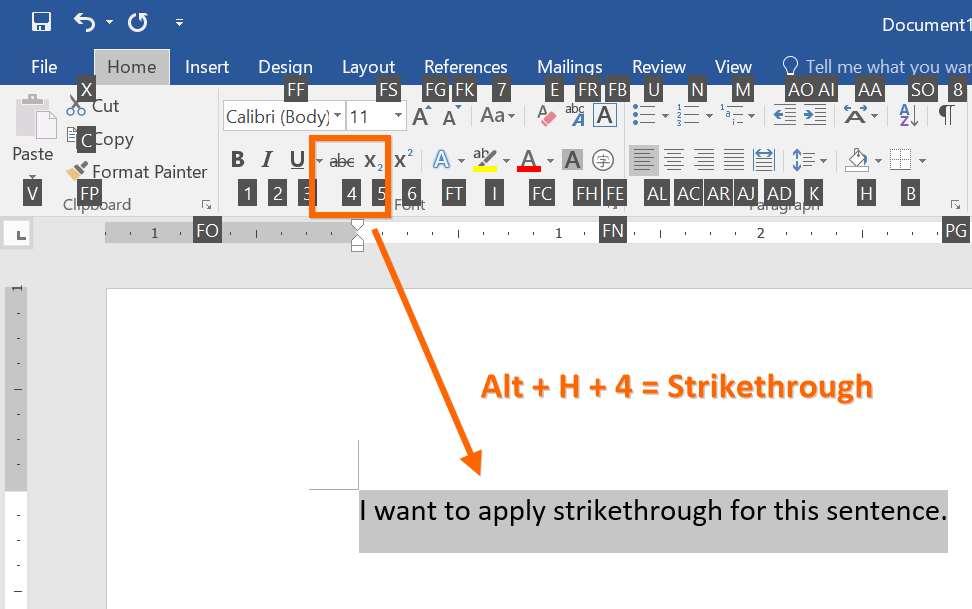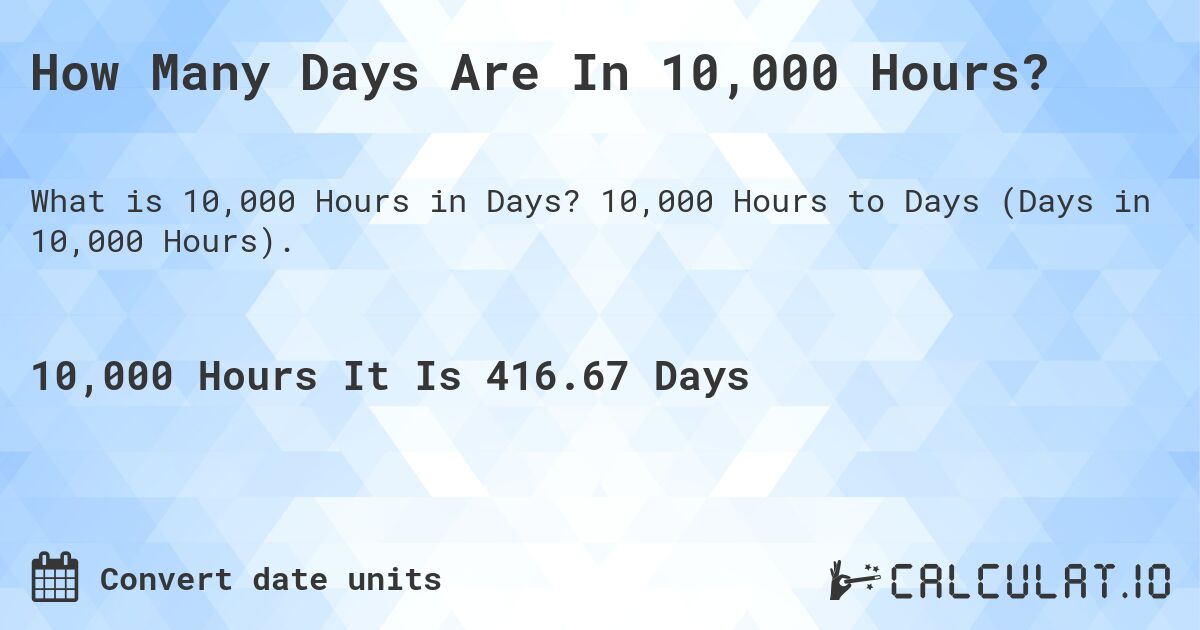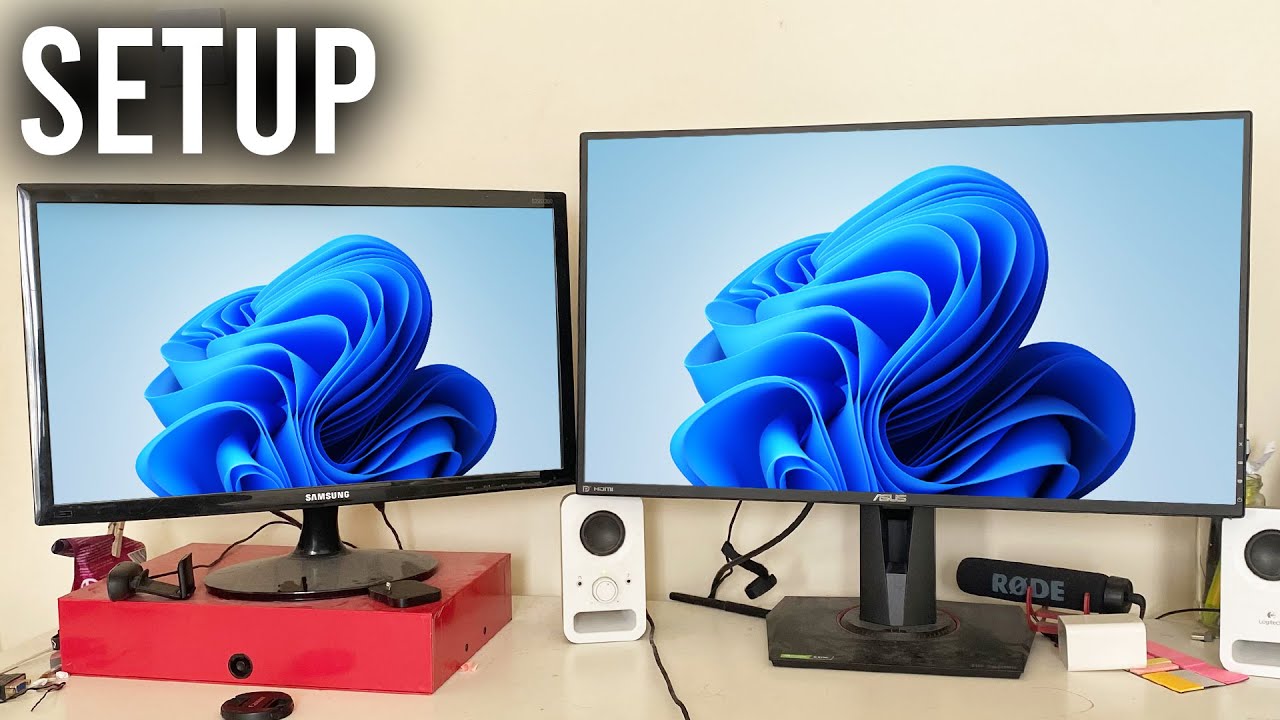The Ultimate Guide to Striking Out

Welcome to the ultimate guide on the art and science of striking out! In the world of baseball, striking out a batter is an essential skill for pitchers and a strategic move that can turn the tide of a game. This comprehensive article will delve into the intricacies of this fascinating aspect of the sport, providing you with expert insights, historical context, and practical tips to enhance your understanding and performance.
The History and Significance of Striking Out

The concept of striking out has been an integral part of baseball since its early days. While the game has evolved over the years, the strikeout remains a pivotal moment, often celebrated by pitchers and their teammates alike. Let’s explore the rich history and the evolving strategies surrounding this iconic play.
The Evolution of Strikeout Strategies
In the early 20th century, pitchers relied heavily on their fastball to get strikeouts. Legends like Walter Johnson and Cy Young dominated the game with their overpowering pitches. However, as baseball evolved, so did the strategies. Pitchers began to understand the importance of varying their arsenal, introducing off-speed pitches like curveballs and changeups to deceive batters.
The 1960s and 1970s saw the rise of pitchers like Sandy Koufax and Bob Gibson, who perfected the art of strikeout pitching. They combined pinpoint control with a diverse range of pitches, making it nearly impossible for batters to predict their next move. This era marked a shift towards a more strategic approach, where pitchers aimed to manipulate the batter's timing and psychology.
| Pitcher | Era | Strikeout Record |
|---|---|---|
| Nolan Ryan | 1960s - 1990s | 5,714 strikeouts |
| Randy Johnson | 1980s - 2000s | 4,875 strikeouts |
| Roger Clemens | 1980s - 2000s | 4,672 strikeouts |

Understanding the Mechanics of a Strikeout

A strikeout, also known as a “K” in baseball terminology, occurs when a pitcher successfully induces three strikes on a batter during a single at-bat. Let’s break down the mechanics and strategies involved in achieving this feat.
Mastering the Strike Zone
The strike zone is a critical element in the strikeout equation. It refers to the area over home plate through which a pitch must pass for it to be called a strike. The zone extends from the knees of the batter to the midpoint between the top of the shoulders and the belt. Pitchers aim to throw their pitches within this zone, exploiting its vertical and horizontal dimensions.
By understanding the strike zone, pitchers can strategically place their pitches to deceive batters. For instance, a pitcher might throw a high fastball to tempt the batter to swing and miss, or a low-and-away slider to catch them off guard. The art of pitch placement within the strike zone is a crucial skill for any aspiring strikeout artist.
Pitch Types and Their Roles
A pitcher’s arsenal is diverse, and each pitch type serves a unique purpose in achieving a strikeout. Let’s explore some of the most common pitches and their roles in this context.
- Fastball: The fastball is the bread and butter of many pitchers. It's a straight, high-speed pitch that can be thrown with various movements, such as a four-seam fastball or a sinking fastball. Fastballs are often used to set up other pitches or to finish off a batter with a powerful, unexpected strike.
- Curveball: The curveball is a pitch that breaks downward and towards the batter's left or right side (depending on the pitcher's hand). It's a deceptive pitch that relies on the batter's anticipation and timing. Curveballs can be thrown at various speeds and break points, making them a versatile tool for strikeouts.
- Slider: Similar to the curveball, the slider breaks sideways, but it does so with more velocity and a sharper break. Sliders are effective at fooling batters, especially when combined with fastballs to create a contrast in speed and movement.
- Changeup: The changeup is a slower pitch designed to disrupt the batter's timing. It's often thrown with the same arm action as a fastball but with a different grip, resulting in a significant decrease in speed. Changeups can be thrown high or low and are effective at inducing weak contact or strikeouts.
Strategies for Striking Out Batters
Striking out a batter requires a combination of skill, strategy, and an understanding of the batter’s weaknesses. Here, we’ll delve into some advanced techniques and strategies employed by top pitchers to achieve this feat.
Pitch Sequence and Location
The order and location of pitches are crucial in setting up a strikeout. Pitchers often start with a fastball to establish their presence and gauge the batter’s reaction. This initial pitch can provide valuable information about the batter’s timing and preferences. Follow-up pitches can then be tailored to exploit these observations.
For example, if the batter shows a preference for high fastballs, the pitcher might follow up with a low-and-away slider to catch them off guard. Alternatively, if the batter is aggressive with their swings, a well-placed changeup can induce a weak contact or a swing-and-miss.
Mixing Speeds and Movements
One of the most effective strategies for striking out batters is to confuse them with a variety of pitch speeds and movements. By throwing a mix of fastballs, curveballs, sliders, and changeups, pitchers can keep batters guessing. This approach prevents batters from settling into a comfortable rhythm, making it harder for them to predict and react to the next pitch.
Using the Umpire’s Strike Zone
Understanding the umpire’s interpretation of the strike zone is crucial. While the official strike zone remains the same, umpires may have subtle variations in their calls. Some umpires may call a tighter strike zone, while others might allow more leeway. Pitchers who can adapt their pitches to match the umpire’s zone can gain an advantage, especially in critical situations.
Analyzing Performance and Improving Skills
To become a strikeout artist, pitchers must continuously analyze their performance and refine their skills. Let’s explore some key aspects of performance analysis and skill development.
Video Analysis and Feedback
Video analysis is a powerful tool for pitchers to critique their performance. By reviewing game footage, pitchers can identify their strengths and weaknesses. They can observe their pitch placement, timing, and delivery, making adjustments to improve their technique and consistency.
Additionally, feedback from coaches, catchers, and even batters can provide valuable insights. Listening to their observations and suggestions can help pitchers make informed adjustments to their approach.
Strength and Conditioning
Physical strength and endurance play a significant role in a pitcher’s ability to strike out batters. A well-designed strength and conditioning program can enhance a pitcher’s velocity, control, and stamina. Exercises focusing on core strength, leg drive, and shoulder stability are crucial for developing the physical attributes needed to execute powerful and precise pitches.
Mental Training and Focus
The mental aspect of striking out batters cannot be understated. Pitchers must maintain focus, especially in high-pressure situations. Mental training techniques, such as visualization, mindfulness, and breathing exercises, can help pitchers stay calm, composed, and confident. By managing their thoughts and emotions, pitchers can perform at their best when it matters most.
Future Implications and Innovations

As baseball continues to evolve, the art of striking out batters will undoubtedly see further innovations and adaptations. Here, we explore some potential future developments and their implications.
Advanced Analytics and Pitch Design
The field of baseball analytics continues to advance, providing pitchers and coaches with valuable data-driven insights. Advanced metrics, such as spin rate, exit velocity, and launch angle, can help pitchers understand the effectiveness of their pitches and make data-informed adjustments. Additionally, the development of new pitch types and variations will likely emerge, further expanding the pitcher’s arsenal.
Pitcher-Batter Matchups
The ongoing arms race between pitchers and batters will likely lead to more specialized strategies. Pitchers may need to adapt their approaches based on the specific strengths and weaknesses of individual batters. This could result in the development of personalized pitch sequences and strategies for different batters, maximizing the chances of a strikeout.
Technological Innovations
Technology will continue to play a significant role in the sport. Innovations in pitch tracking and delivery analysis can provide real-time feedback to pitchers, allowing them to make immediate adjustments during a game. Additionally, advancements in sports science and recovery techniques may lead to improved pitcher performance and longevity, further enhancing their strikeout capabilities.
Conclusion
Striking out a batter is an art that requires a unique blend of skill, strategy, and understanding of the game. From the evolution of strikeout strategies to the intricacies of pitch placement and advanced analytics, this guide has covered a wide range of topics to enhance your knowledge and appreciation of this critical aspect of baseball.
Whether you're a pitcher looking to improve your strikeout rate or a baseball enthusiast eager to learn more about the sport, we hope this article has provided valuable insights and inspired your passion for the game. Remember, practice, analysis, and a deep understanding of the game are the keys to mastering the art of striking out.
How do I improve my strikeout rate as a pitcher?
+Improving your strikeout rate requires a combination of practice, strategy, and understanding of the batter’s weaknesses. Focus on mastering a diverse pitch arsenal, including fastballs, curveballs, sliders, and changeups. Analyze your performance using video feedback and work on your pitch placement within the strike zone. Additionally, stay physically fit and mentally sharp to maintain consistency and confidence.
What is the role of the catcher in striking out batters?
+The catcher plays a crucial role in striking out batters. They work closely with the pitcher to call the game, suggesting pitch types and locations based on their observations of the batter. Catchers provide valuable feedback to pitchers, helping them adjust their approach and exploit the batter’s weaknesses. A good catcher-pitcher partnership can significantly enhance strikeout opportunities.
How do umpires influence strikeout calls?
+Umpires can influence strikeout calls through their interpretation of the strike zone. While the official strike zone remains the same, individual umpires may have subtle variations in their calls. Pitchers who can adapt their pitches to match the umpire’s zone gain an advantage, especially in close calls. Understanding the umpire’s tendencies can help pitchers make strategic adjustments.



